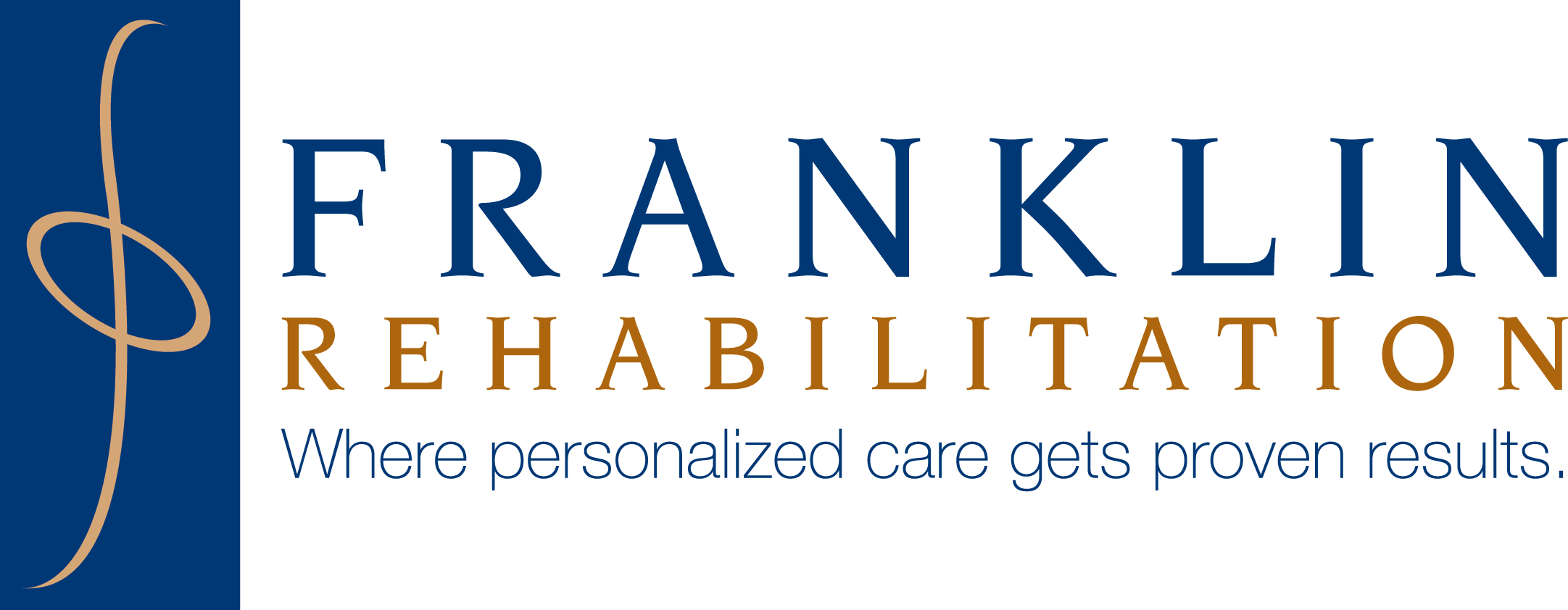These 4 PT methods should be part of your fall risk care plan

While many people can simply pick themselves up after a fall, for many older adults, this isn’t the case. A fall can often result in broken bones, dislocations and other injuries in adults over the age of 65. As we age, the human body loses bone density and much of the cartilage between the joints, making it much more likely that we will become injured if we fall. This results not only in long recoveries and medical expenses, but can often cause older adults to lose their independence.
The CDC estimates that over 36 million older adults fall every year, with 1 out of every 5 of those falls resulting in an injury that requires hospitalization. To prevent yourself from losing your independence in the event of a fall, you need to have a fall risk care plan in place. A fall risk care plan is a specialized program of care to help older adults prevent as well as recover from falls. A fall risk care plan should include the following goals:
- Reducing the chances of a fall.
- Reducing the risk of injuries when falls occur.
- Maintaining high levels of mobility.
- Ensuring ongoing follow-up care.
How can physical therapy be a part of my fall risk care plan?
Physical therapy is a vital part of any fall risk care plan. In addition to helping patients recover more quickly and more completely from fall injuries, physical therapy is an excellent way to prevent falls from occurring. Here are 4 physical therapy methods that should be a part of your fall risk care plan:
- Balance and vestibular therapy — Poor balance and symptoms of dizziness can often lead to a fall. Your physical therapist can determine whether your balance issues are a result of an inner ear condition, an injury or poor posture. They can then work with you to help correct these problems.
- Chronic pain treatment — Chronic pain can limit your mobility and prevent you from getting the exercise your body needs. Your physical therapist can use methods such as manual therapy or electrical stimulation to help treat your pain symptoms at the source.
- Fall risk assessment — During a fall risk assessment, your physical therapist will evaluate your overall physical condition. This will help them to determine what areas of your body may need to be strengthened, or if there are any conditions limiting your mobility. They can also help you to compensate for side effects of prescribed medications.
- Post-surgery rehabilitation — Many conditions that are common in older adults, such as osteoarthritis, often require surgery to correct. Physical therapy is essential for recovering from surgery effectively. Physical therapy helps to speed your recovery and restore your mobility, which can help to prevent you from falling while you recover.
Can Franklin Rehabilitation help with my fall risk care plan?
Franklin Rehabilitation can help you or your loved ones prevent debilitating falls through the highest quality of physical therapy care. Our physical therapy plan has been sponsored by the American Physical Therapy Association, and employs proven techniques such as:
- Manual physical therapy.
- Electrical stimulation.
- Dry needling therapy.
- Therapeutic exercise.
Let Franklin Rehabilitation provide the professional care you need for your comprehensive fall risk care plan. Contact our team today for more information or to schedule an initial appointment.
